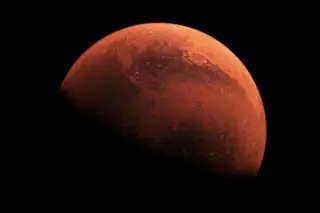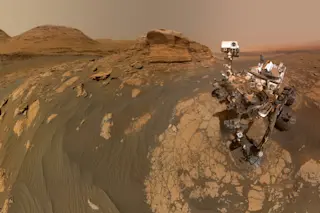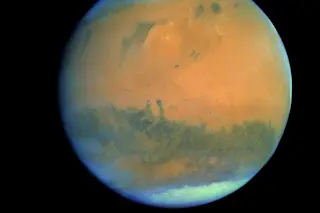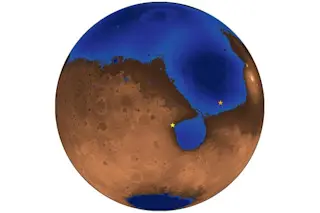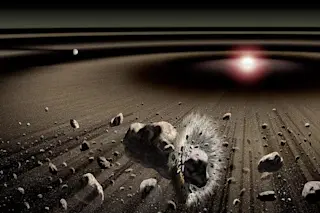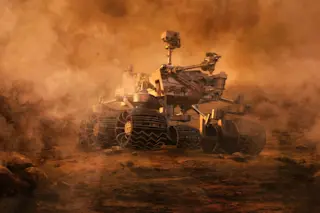The Mars Phoenix Lander may deserve a Nobel Prize by the time it's through. Just a week after the robot explorer took the first pictures of water ice on the on Mars, NASA scientists have a new announcement: The Phoenix has analyzed a scoop of soil, and found that the Martian dirt has the necessary ingredients to support plant life. Researchers say the soil they tested is slightly alkaline, not harshly acidic as feared, and that it contains the mineral nutrients potassium, magnesium, and sodium.
"There's nothing about it that would preclude life. In fact, it seems very friendly," said mission scientist Samuel P. Kounaves of Tufts University. "We were flabbergasted." Kounaves said that the soil was similar to what people would find in their back yards on Earth and that if organic material was added, "you could probably grow asparagus, but not strawberries" [The Washington Post].
The Phoenix is ...






